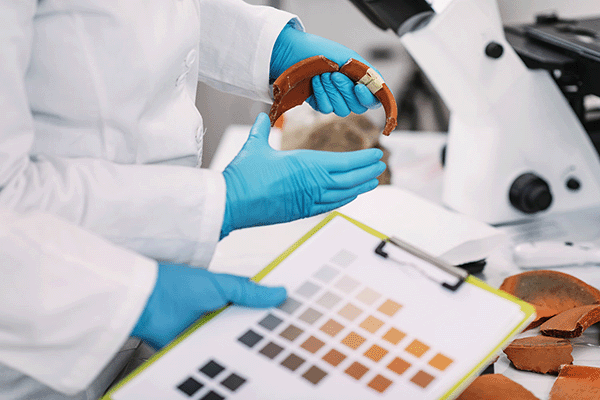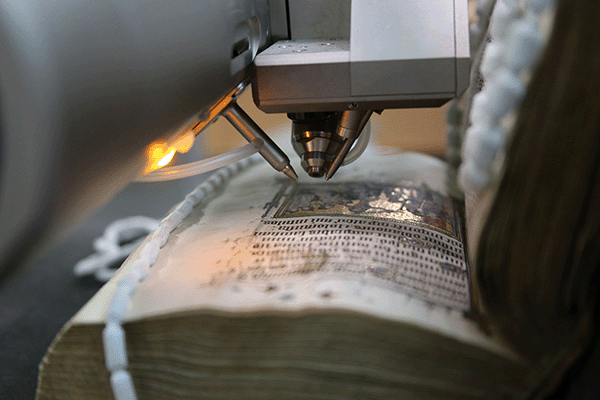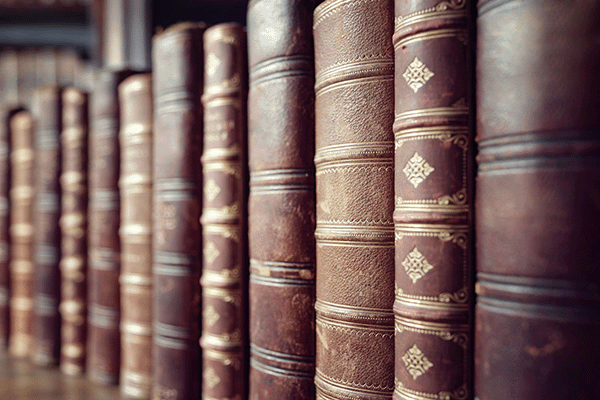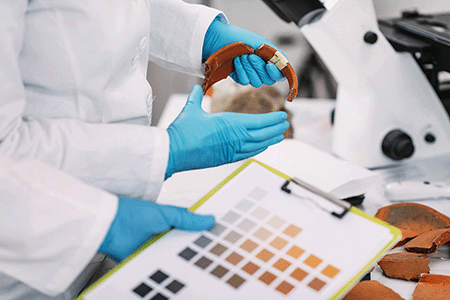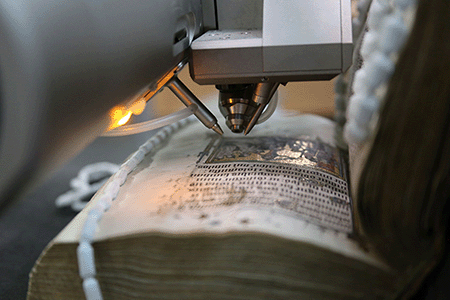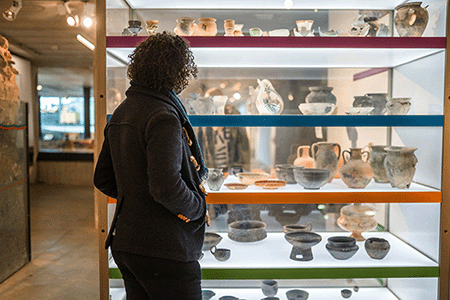At RICHeS, we are proud to be investing in a wide range of innovative researchers and projects that are advancing sustainable, creative and scientific approaches to heritage conservation.
Sustainable solutions in conservation
At the Tate, researchers have developed innovative cleaning gels as part of the GREENART Project, a European Commission for Horizon Europe. This work is pioneering safer and more sustainable conservation practices, reducing environmental impact while preserving the integrity of priceless artworks. In June 2025, the RICHeS IHQ team and their Programme Board were delighted to visit Tate and see these new cleaning gels demonstrated in action.
Later in the summer, RICHeS joined the celebrations for the re-opening of Historic England’s Fort Cumberland Laboratories in Portsmouth, an exciting milestone in expanding UK conservation and research capacity. If you have not yet explored our earlier project visit blogs, we invite you to do so on our news and events page to learn more about these teams and their early activities.
Revealing hidden stories through heritage science
Heritage science has the power to unlock what was once hidden, from sealed letters to underwater artefacts. Building on previous CapCo investments, two projects have already begun using their enhanced RICHeS capabilities to explore submerged histories and reveal new insights.
At the University of Bradford, the team has mobilised their innovative new equipment for both public archaeology ad underwater exploration, part of the Bradford 2025 UK City of Culture celebrations and a growing international research effort.

Elsewhere, at the University of Southampton, projects this year have included searching for a lost Lancaster bomber and 3D scanning of the Mary-Rose, King Henry VIII’s flagship. These efforts combine terrestrial laser scanning and photogrammetry to produce stunning models and digital records of underwater heritage.

Looking ahead
As the RICHeS investments continue to grow and their facilities become fully operational, we look forward to sharing a diverse range of case studies and impact stories, including those made possible through the RICHeS Access Fund.
If you have a story that heritage science could help unlock, we encourage you to explore the opportunities available and apply to the RICHeS Access Fund.

